A sheet of gold just a single atom thick has been created for the first time using a method employed in Japanese forging art.
The researchers, based at Linköping University in Sweden, hope that the properties of the material, which they have dubbed goldene, will open up new applications including carbon dioxide conversion and water purification.
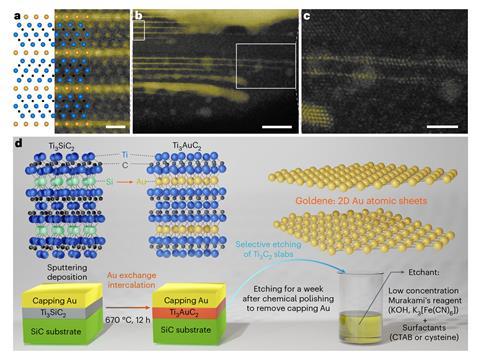
Interest in two-dimensional materials was sparked by the discovery of graphene but there are significant challenges associated with synthesising 2D materials comprised solely of metals.
To create goldene, the researchers used a three-dimensional base material comprised of gold embedded between layers of titanium and carbon (Ti3AuC2). Mirroring a technique used in Japanese knife-making for over a century, the researchers used low concentration Murakami’s reagent (alkaline potassium ferricyanide solution) to etch away Ti3C2 from Ti3AuC2 material, leaving a single-atom-thick layer of gold behind.
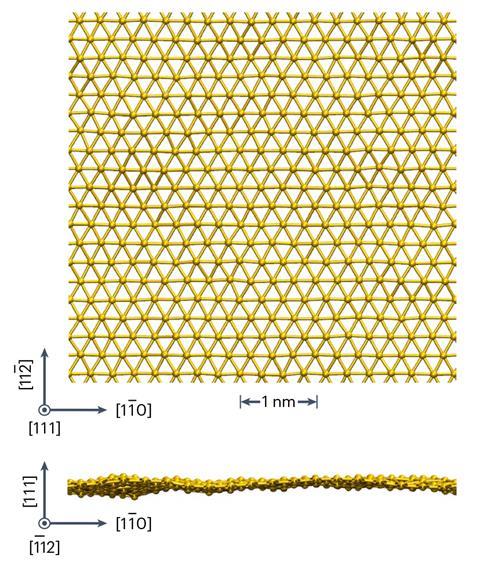
The researchers experimented with different etching conditions and time spans to establish the exact conditions required to produce goldene. This included carrying out the etching in complete darkness to prevent the formation of cyanide, which can dissolve the gold, and mixing Murakami’s reagent with various surfactants to stabilise the exposed 2D sheets of gold and prevent them from curling and agglomerating.
In its 2D form, goldene was observed to have unique properties which might be harnessed. ‘If you make a material extremely thin, something extraordinary happens – as with graphene,’ explained first author Shun Kashiwaya. ‘Gold is usually a metal, but if a single-atom-layer thick, the gold can become a semiconductor instead.’
References
S Kashiwaya, Y Shi, Y, J Lu et al. Nat. Synth 2024. DOI: 10.1038/s44160-024-00518-4






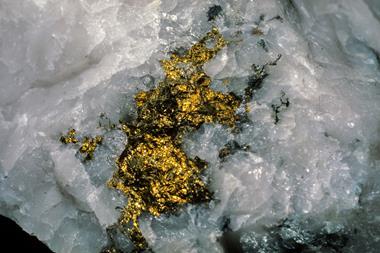
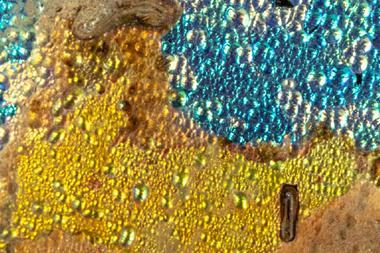
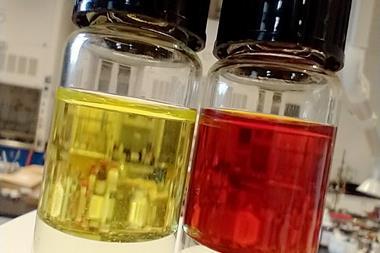








No comments yet